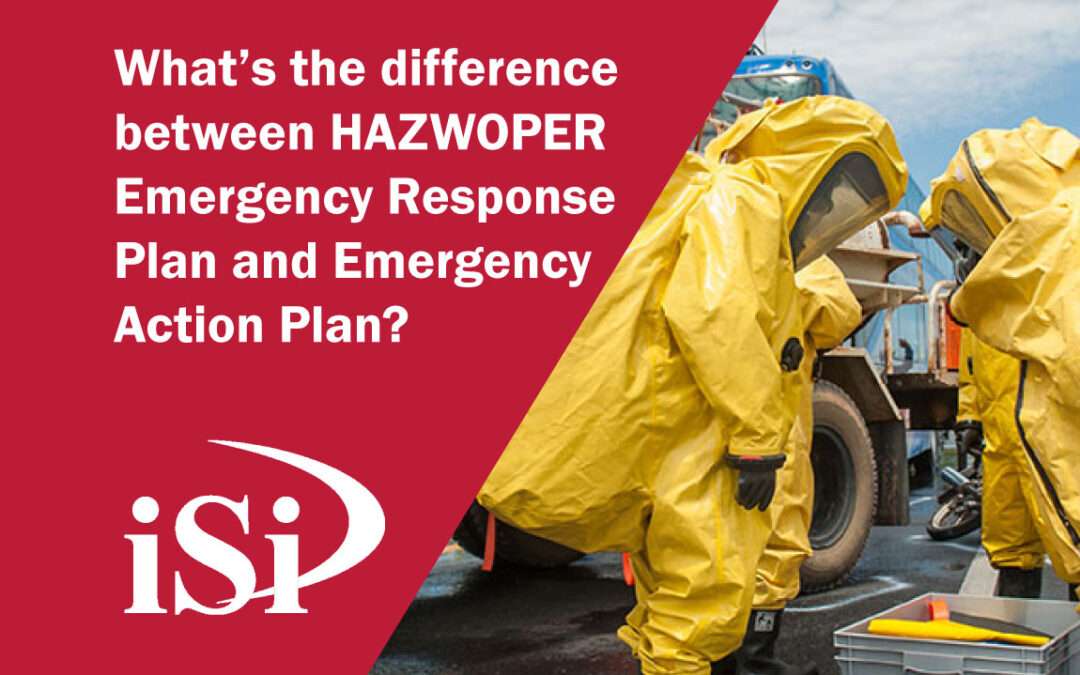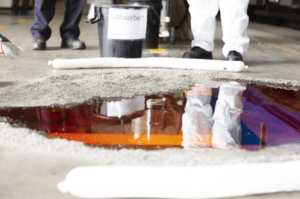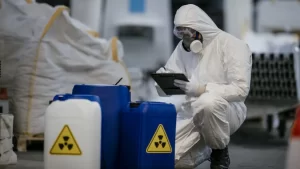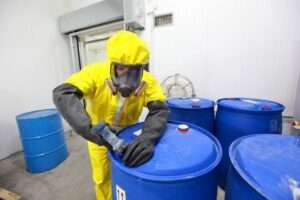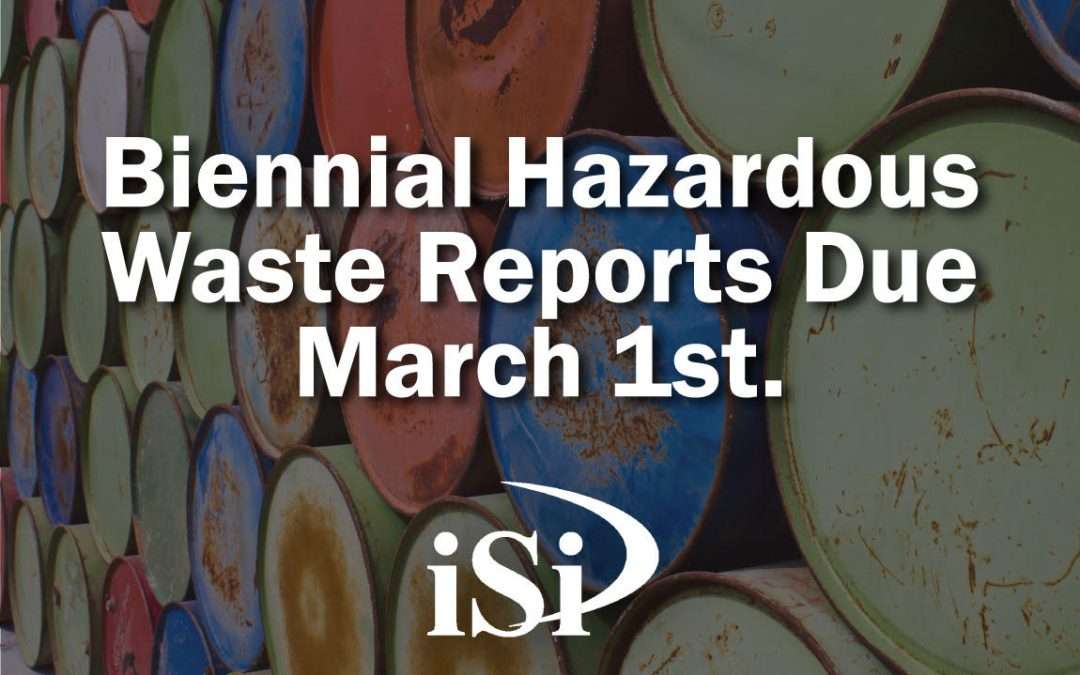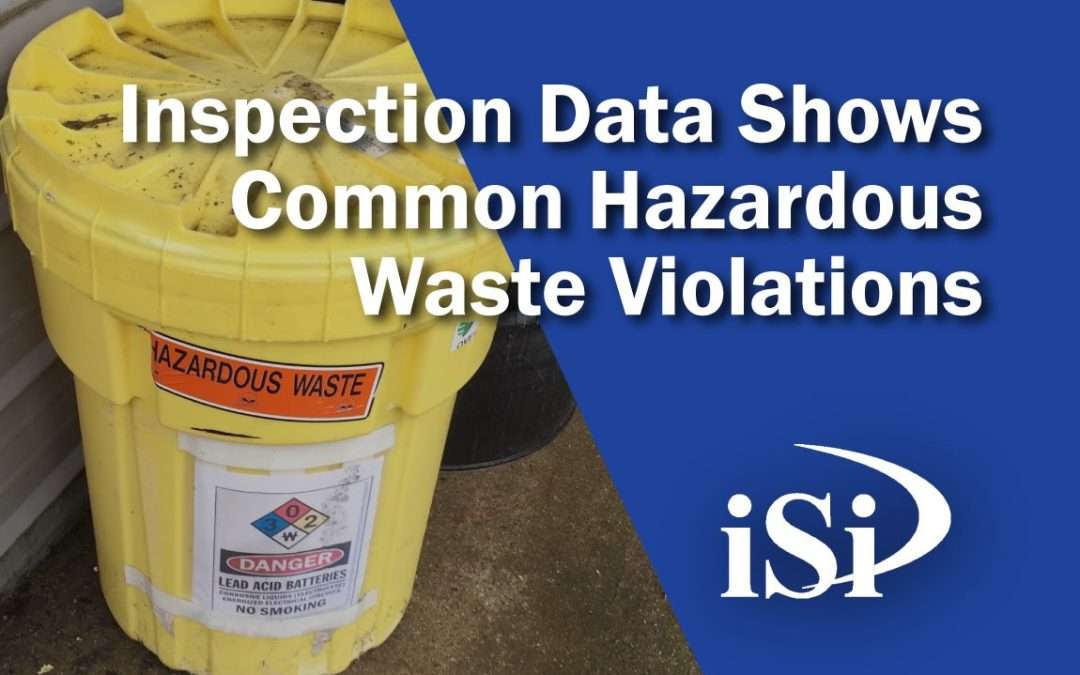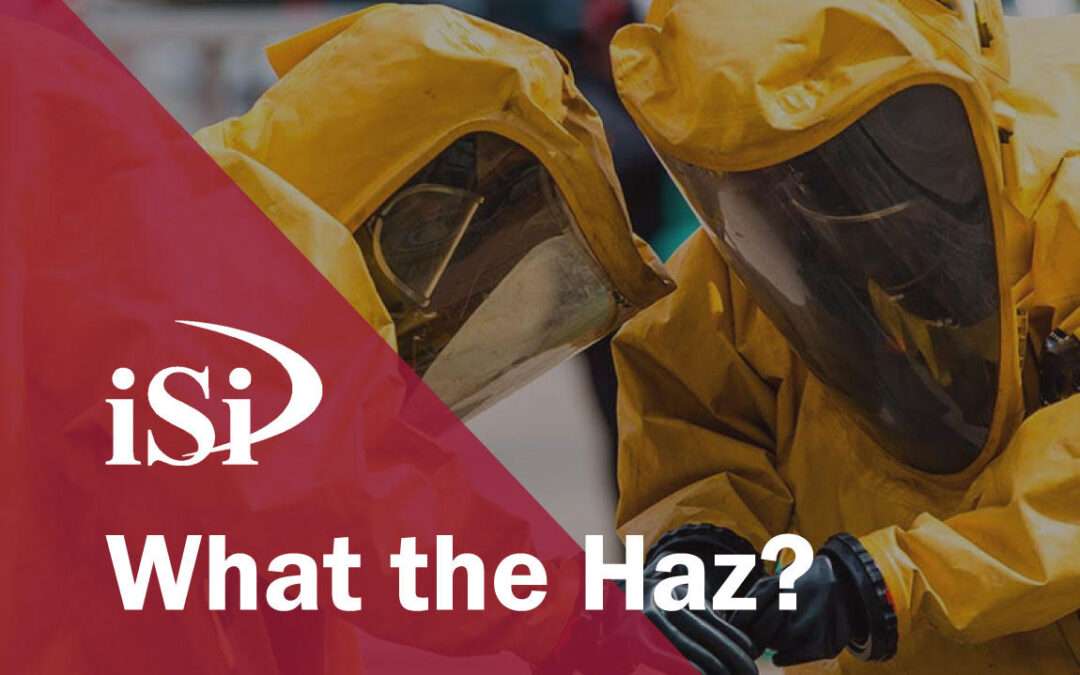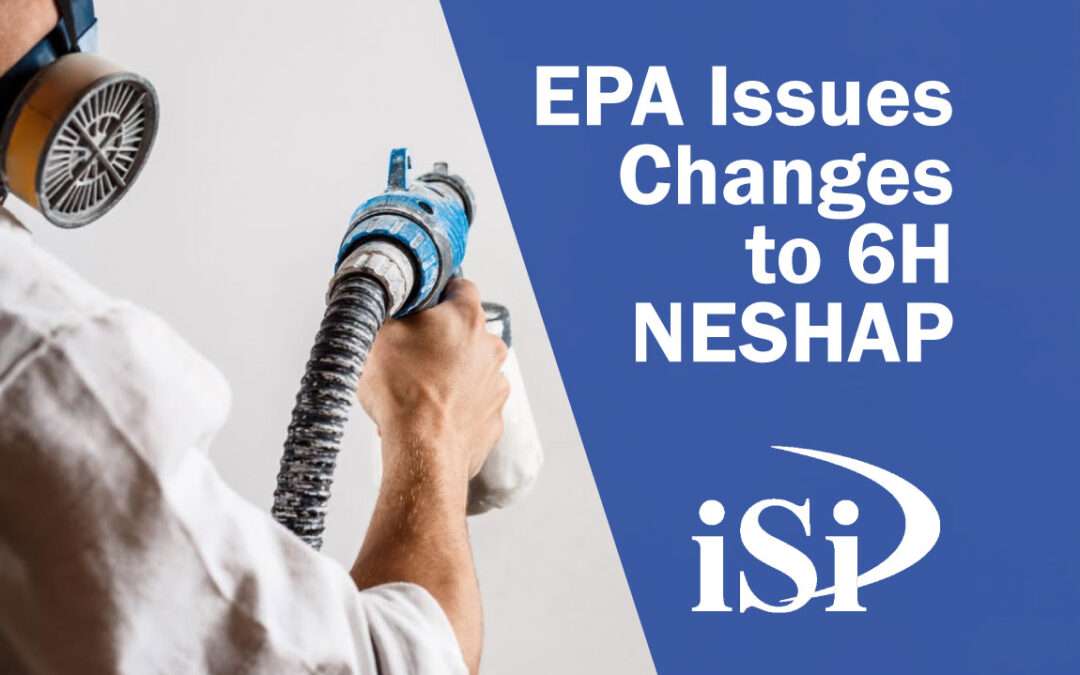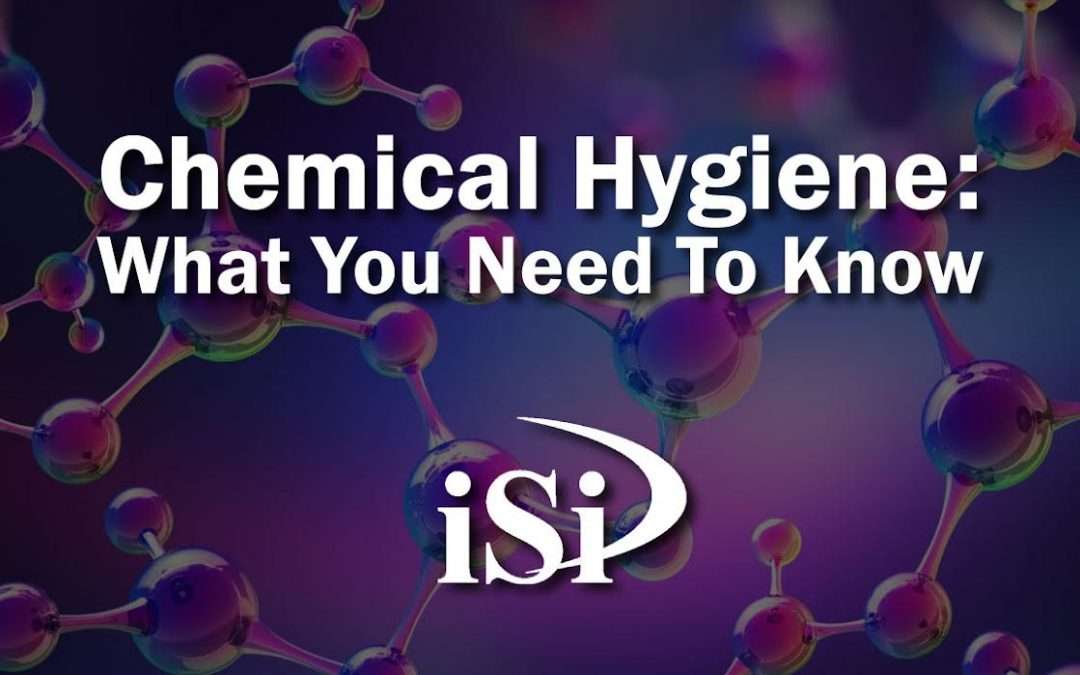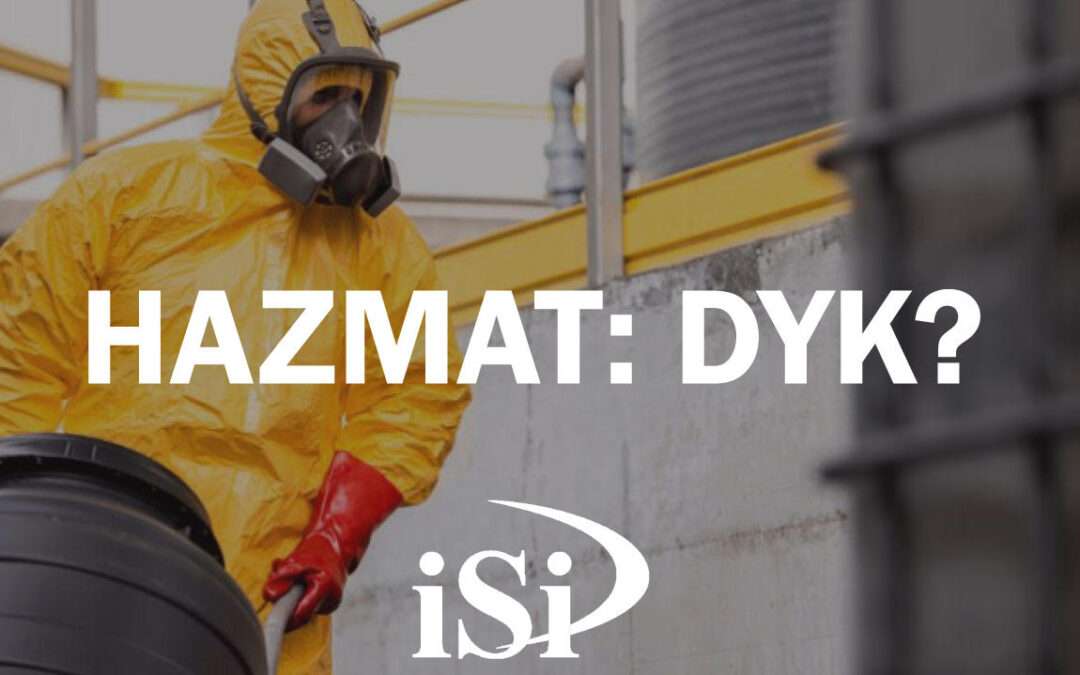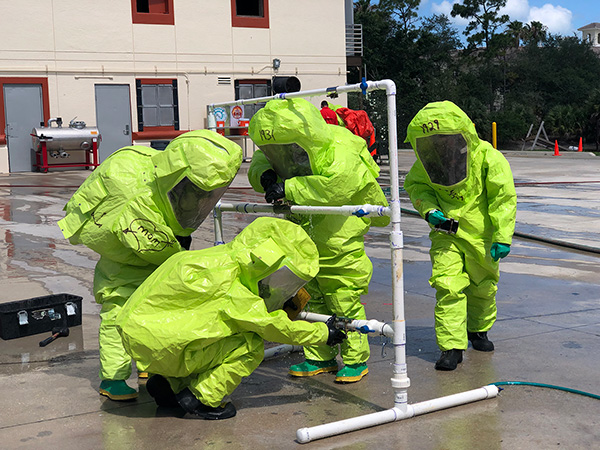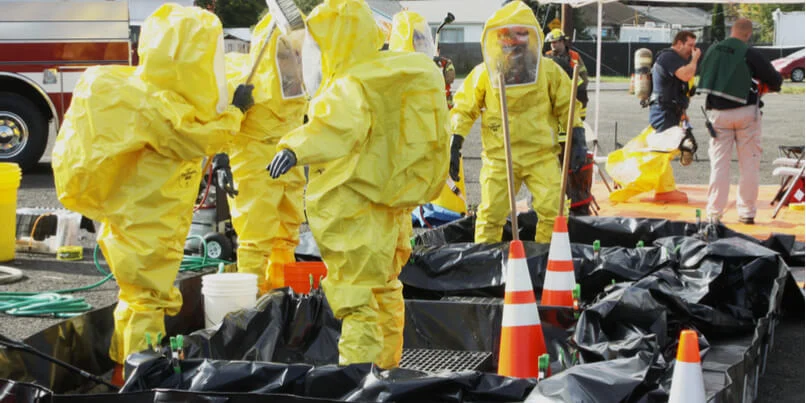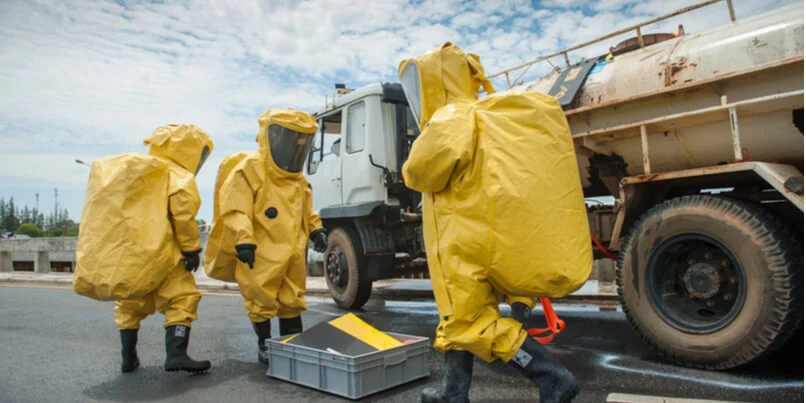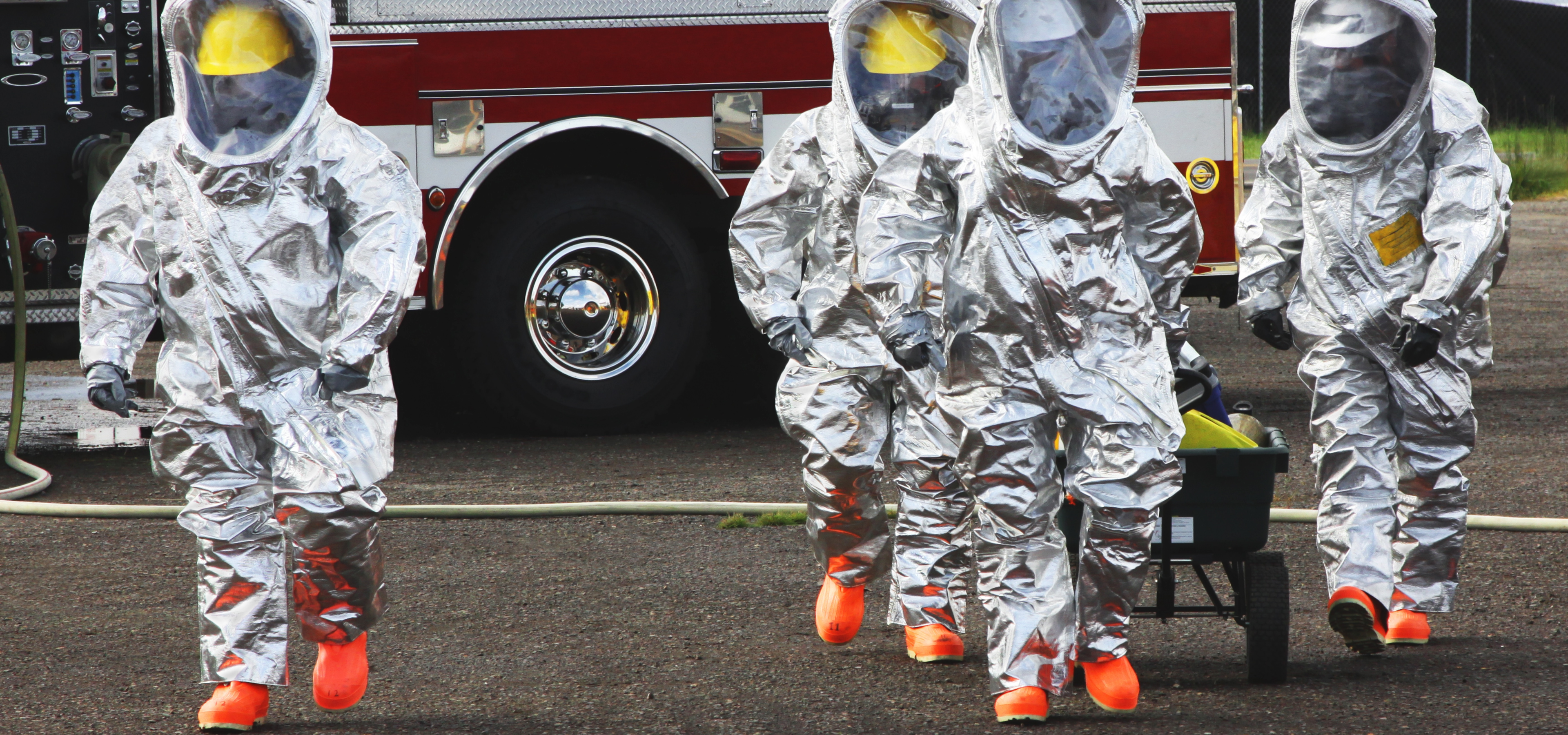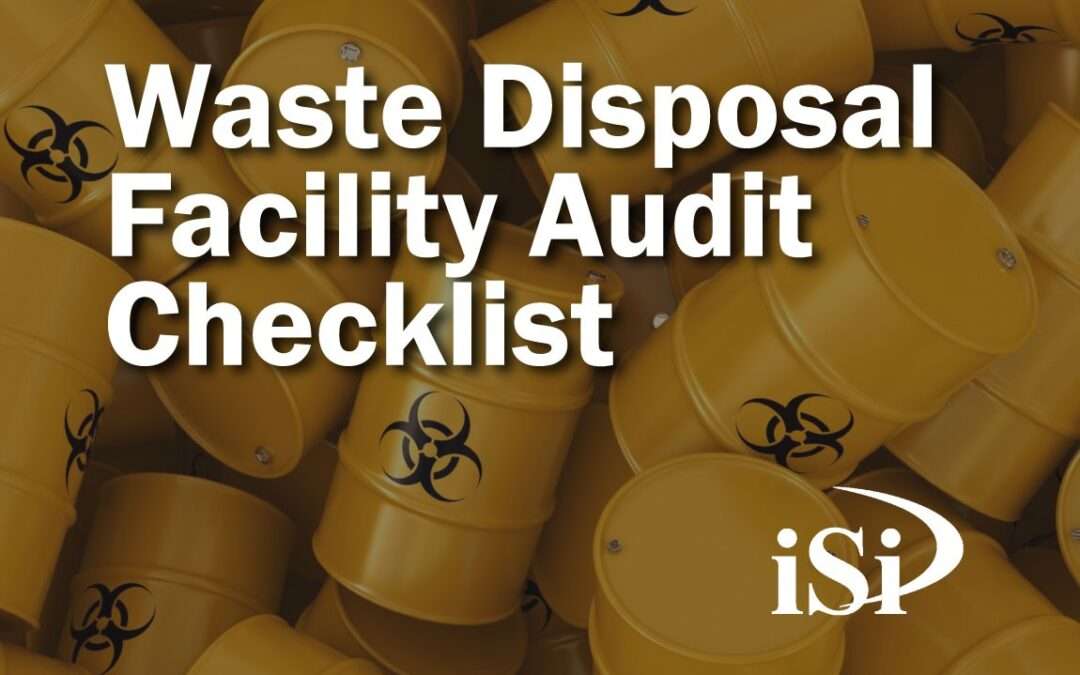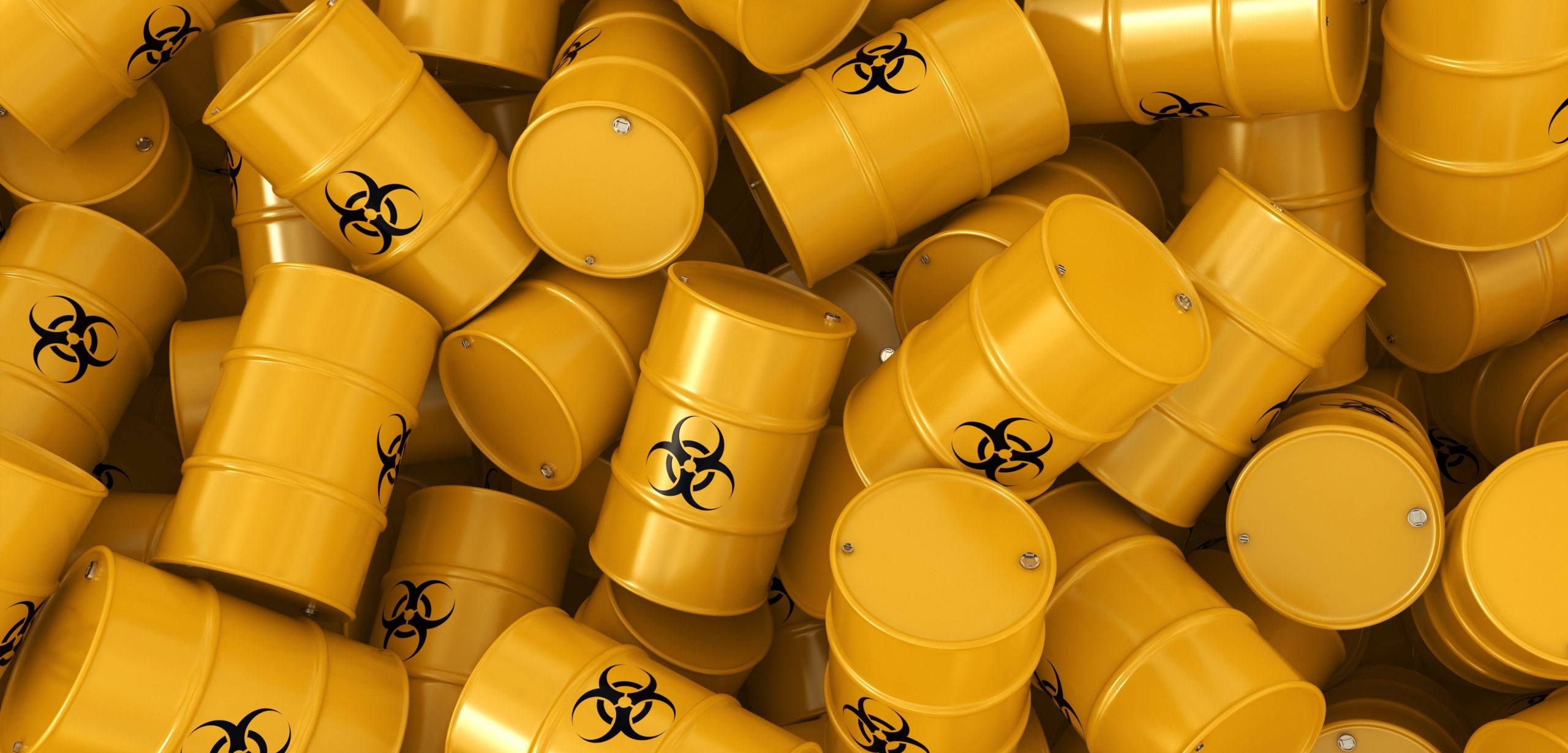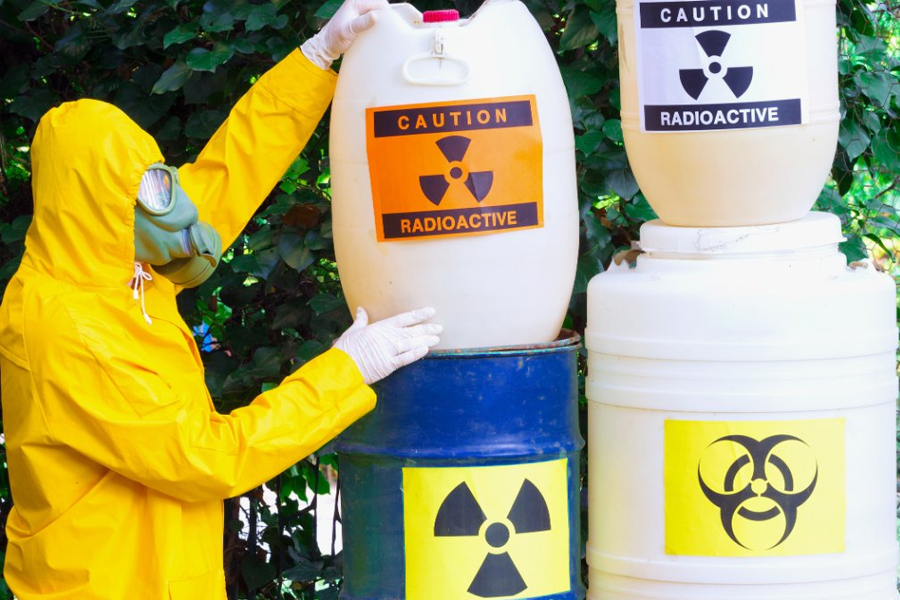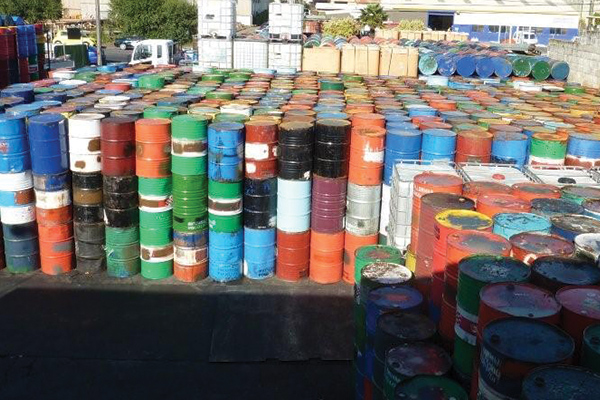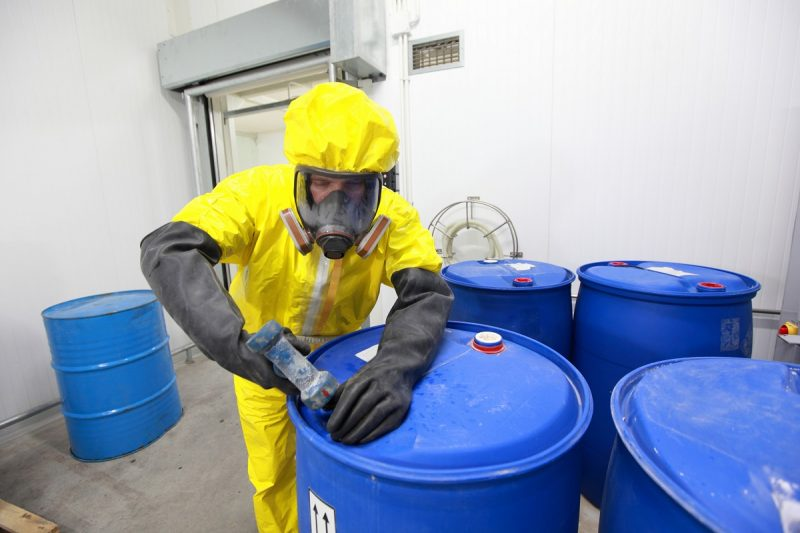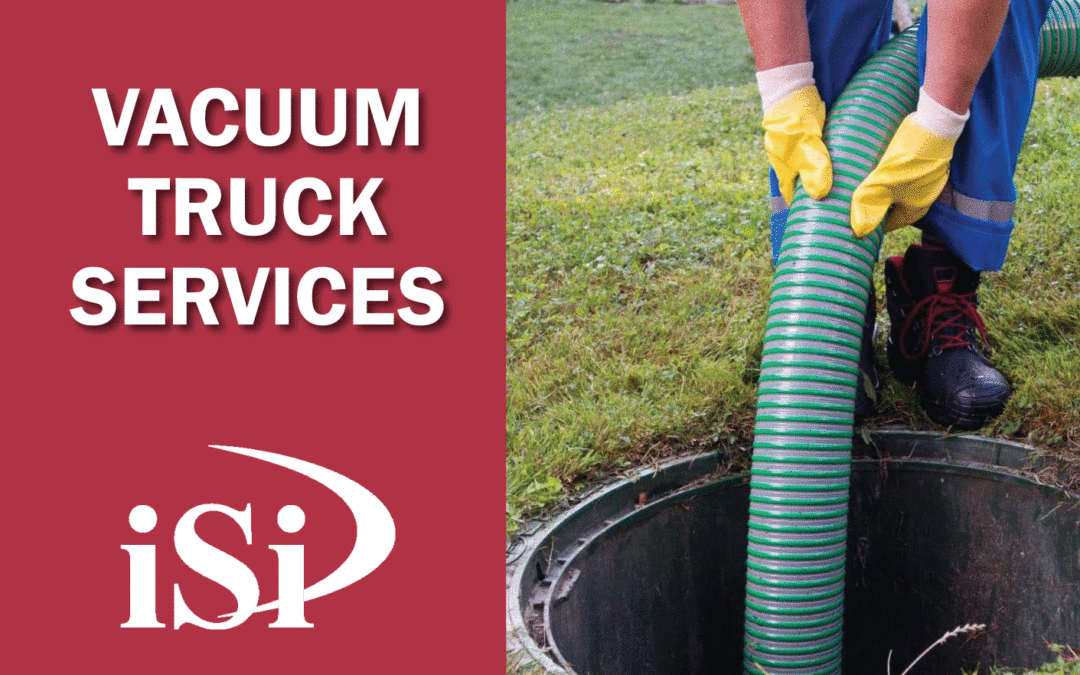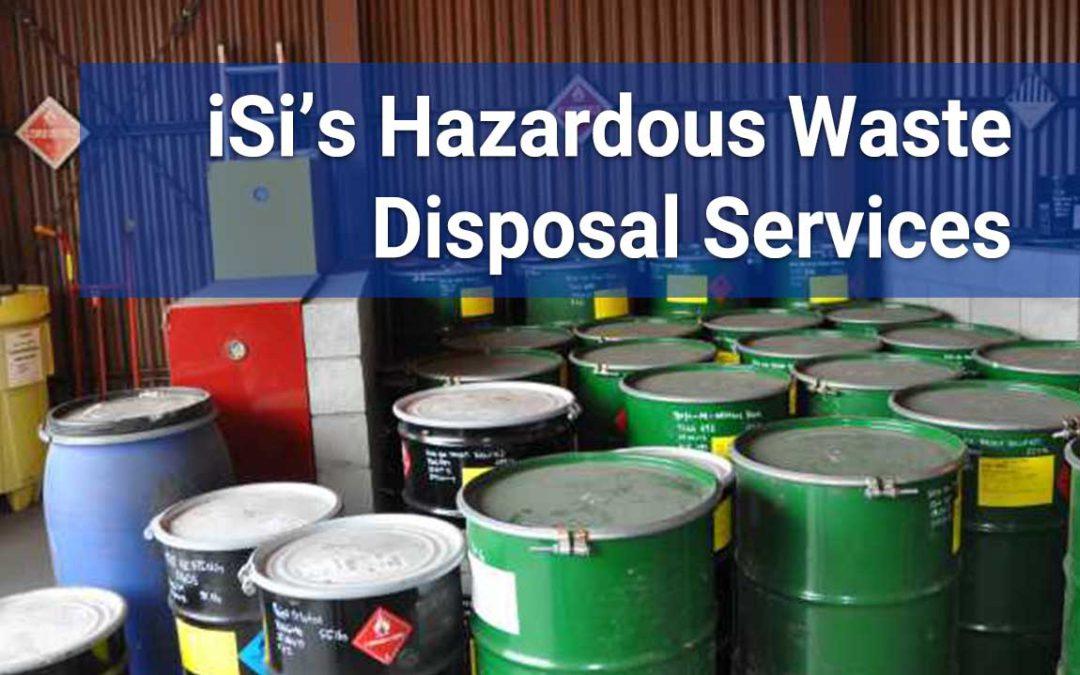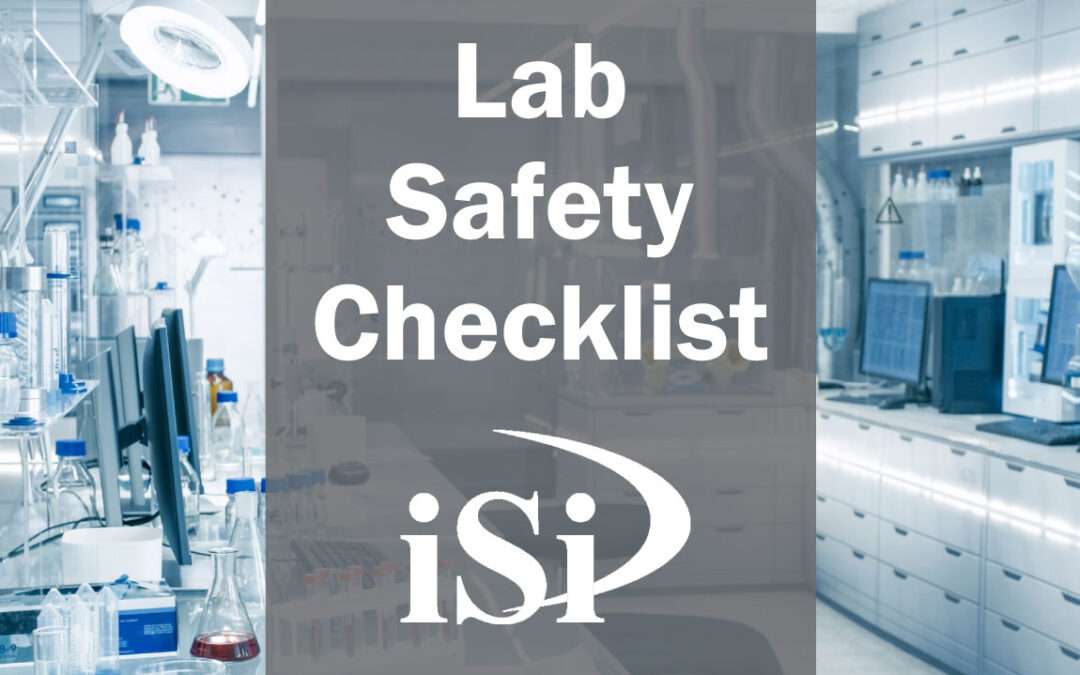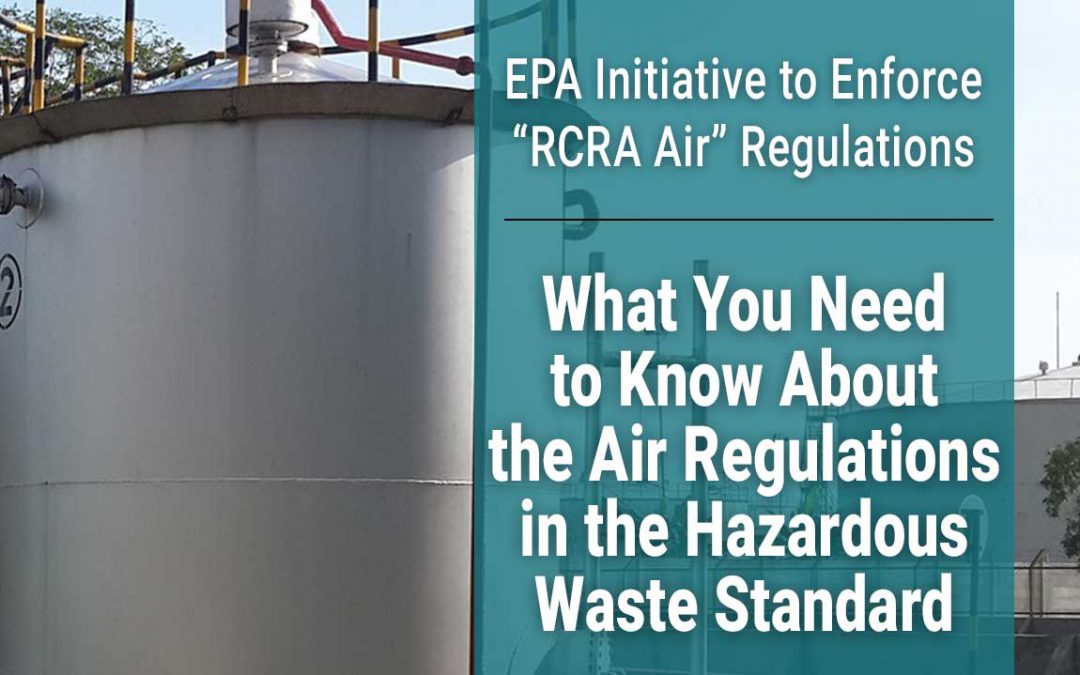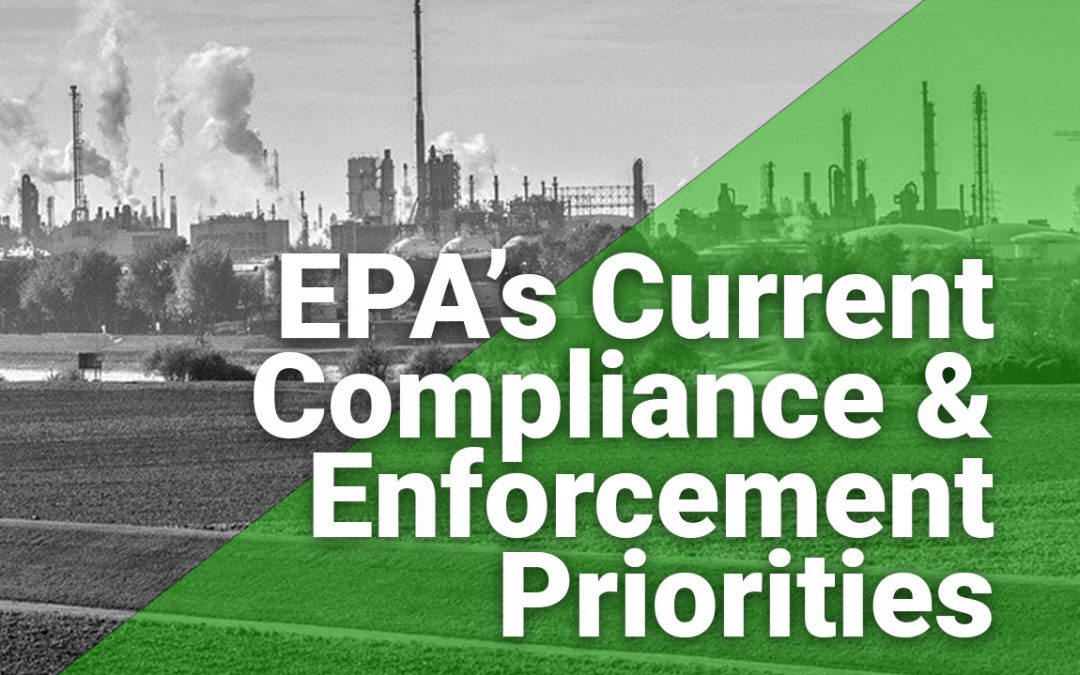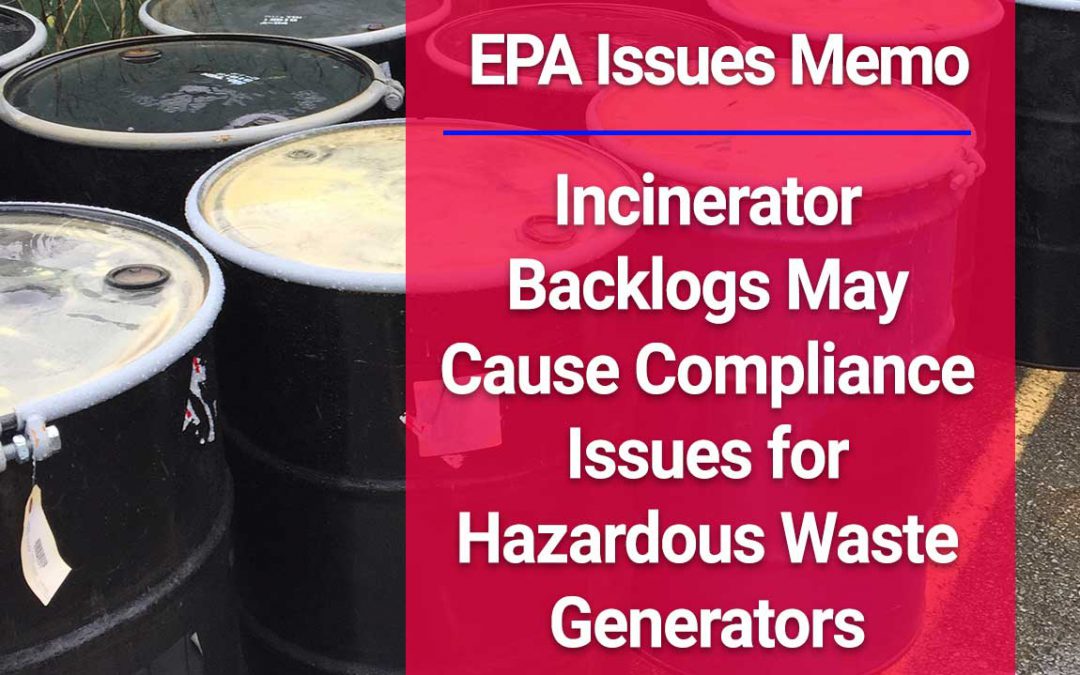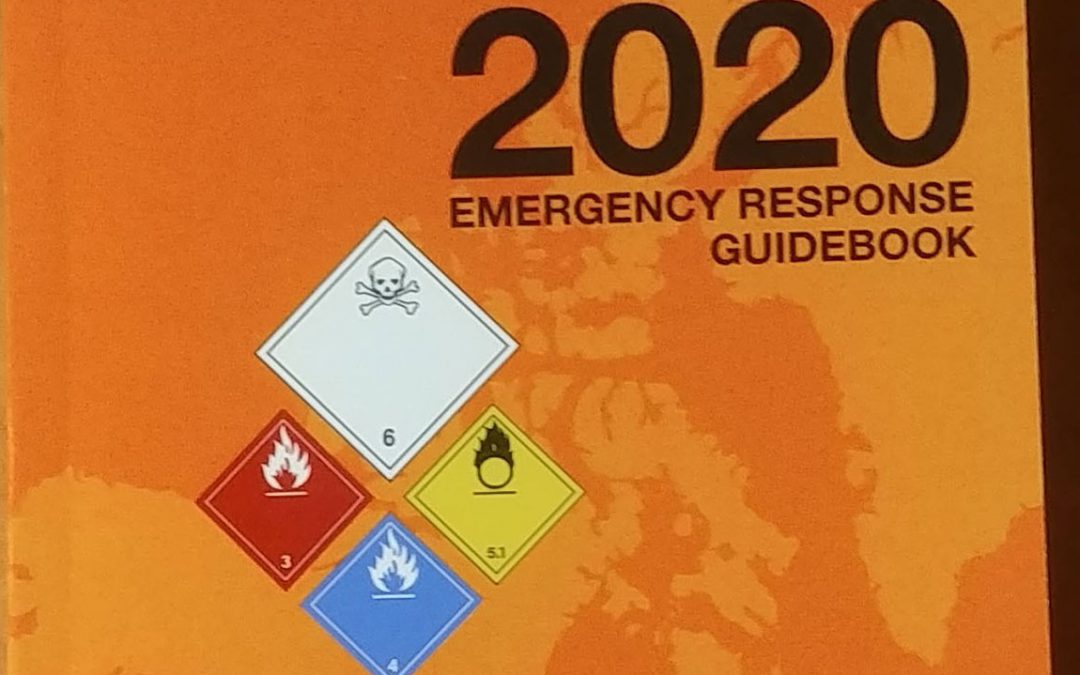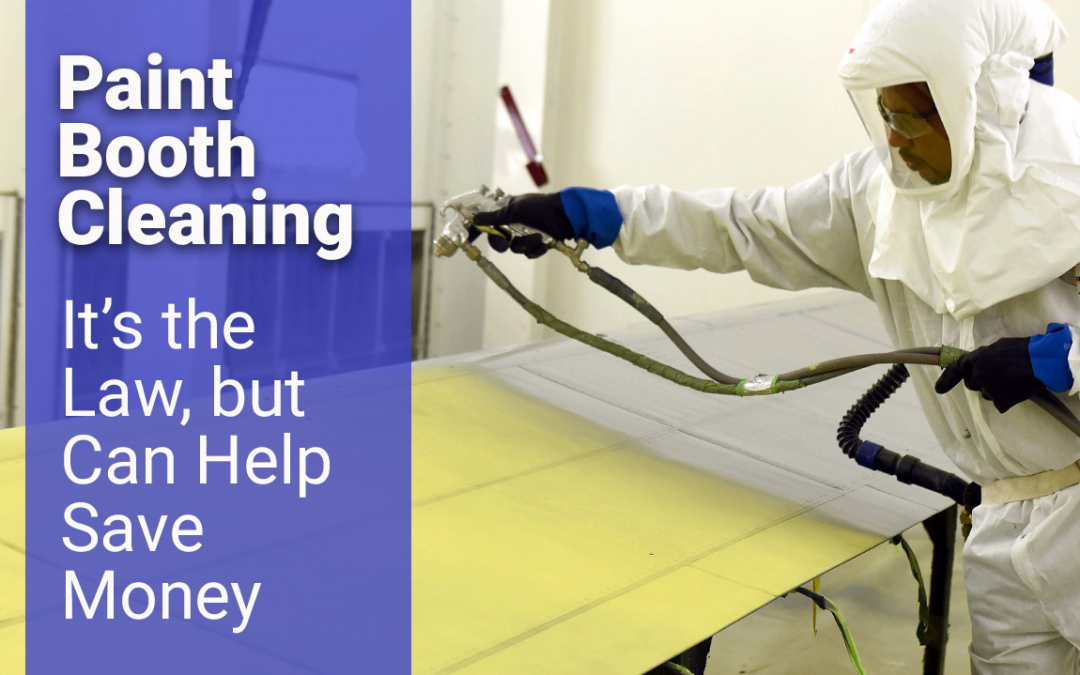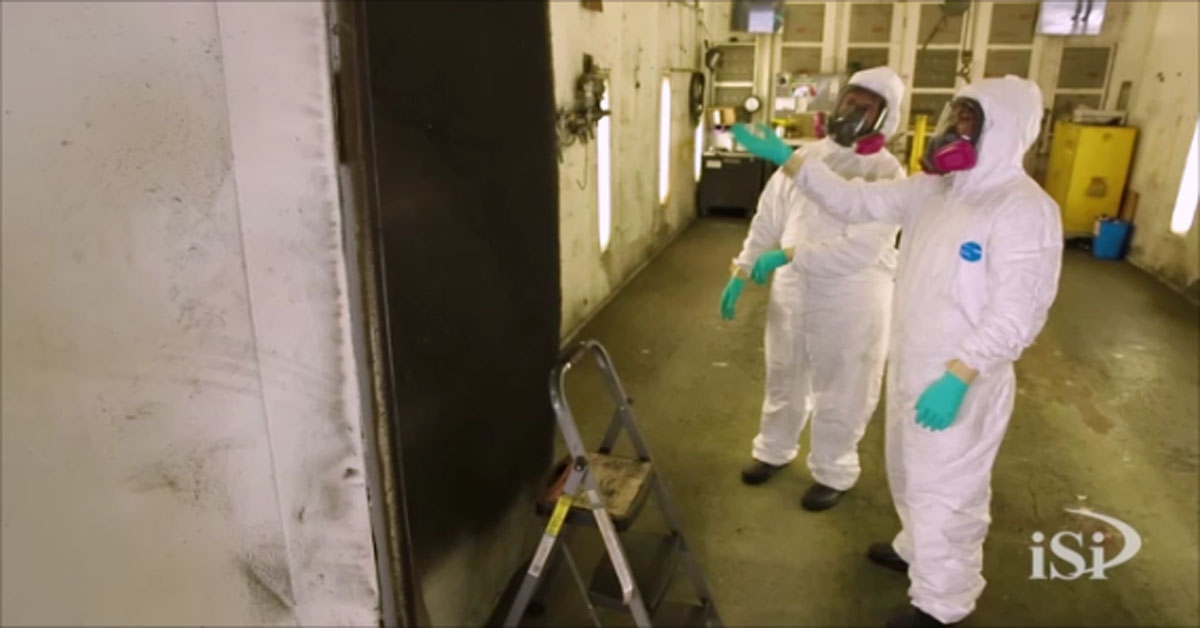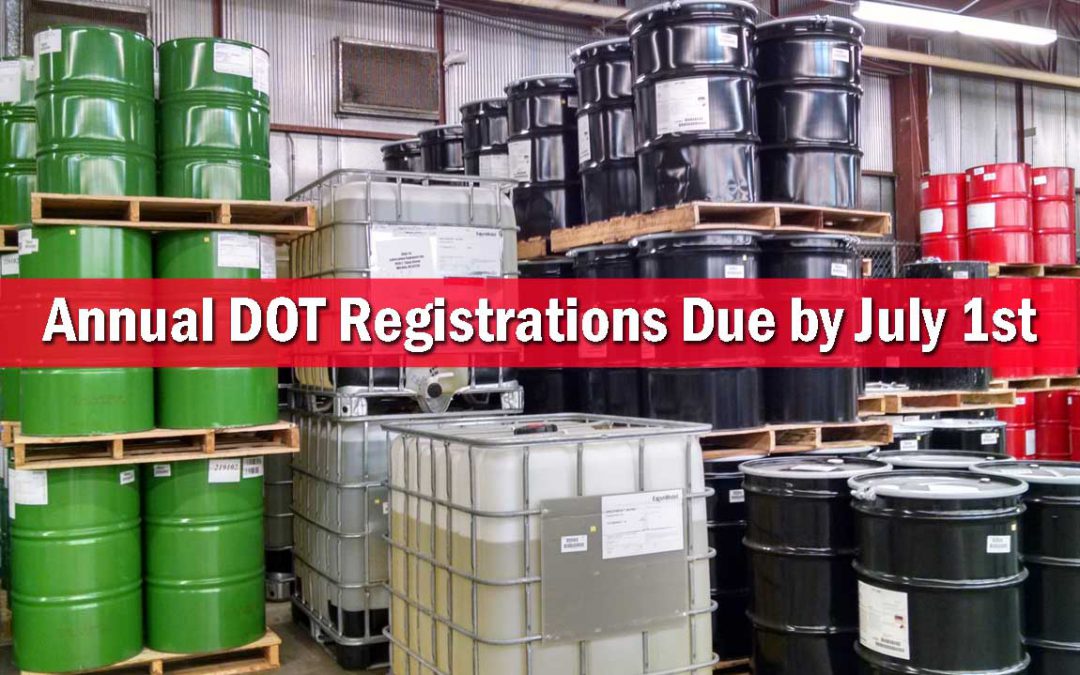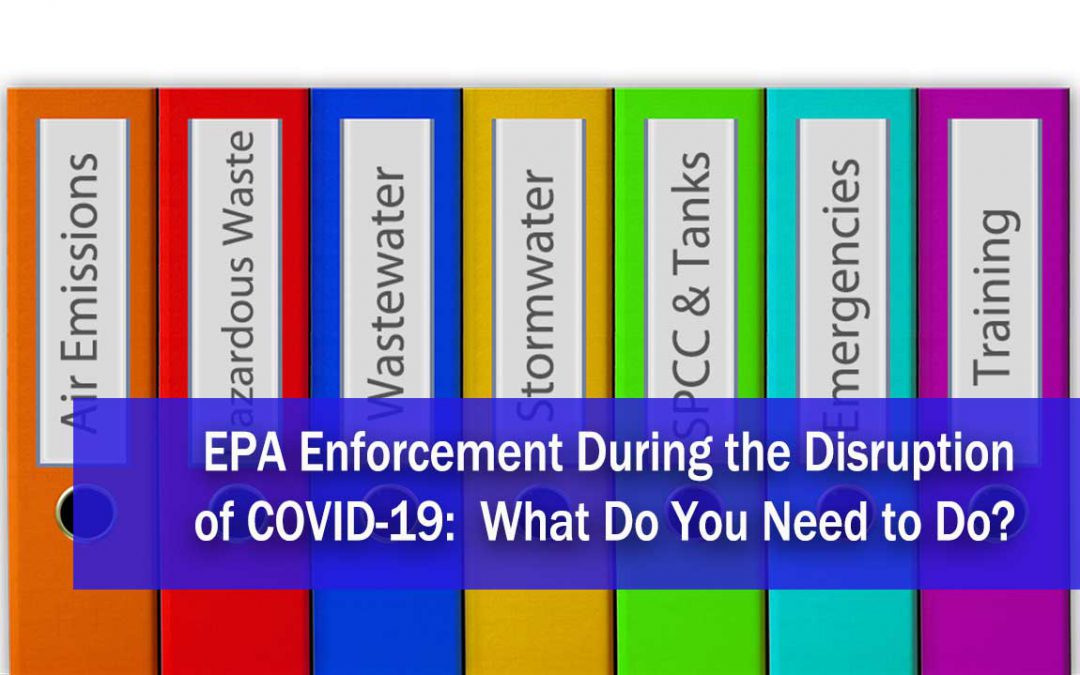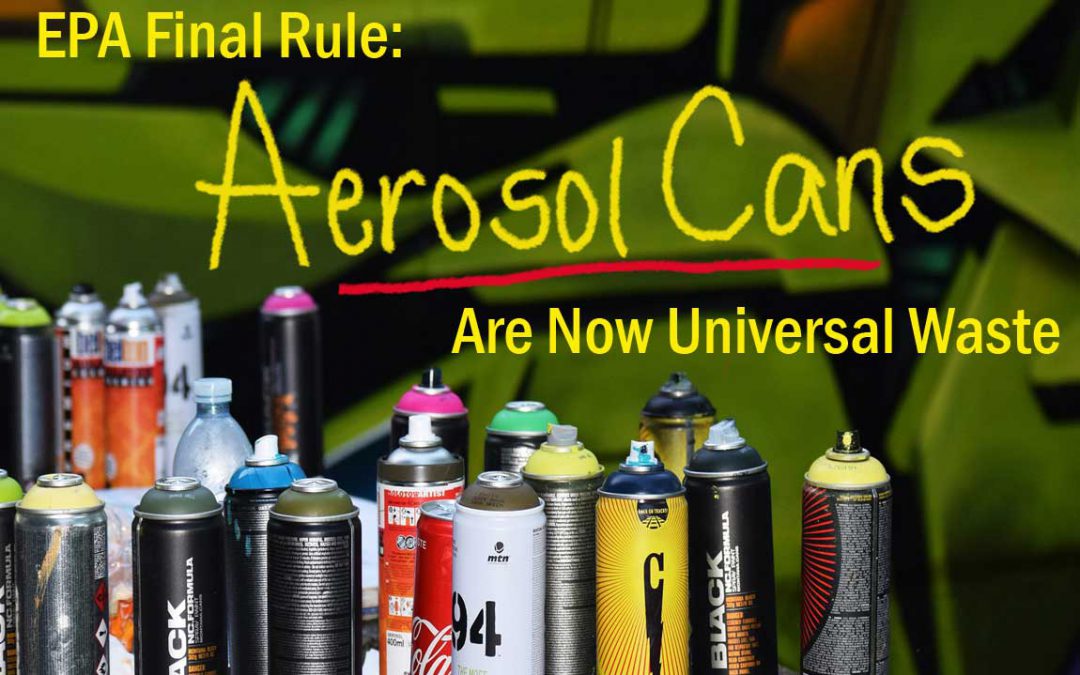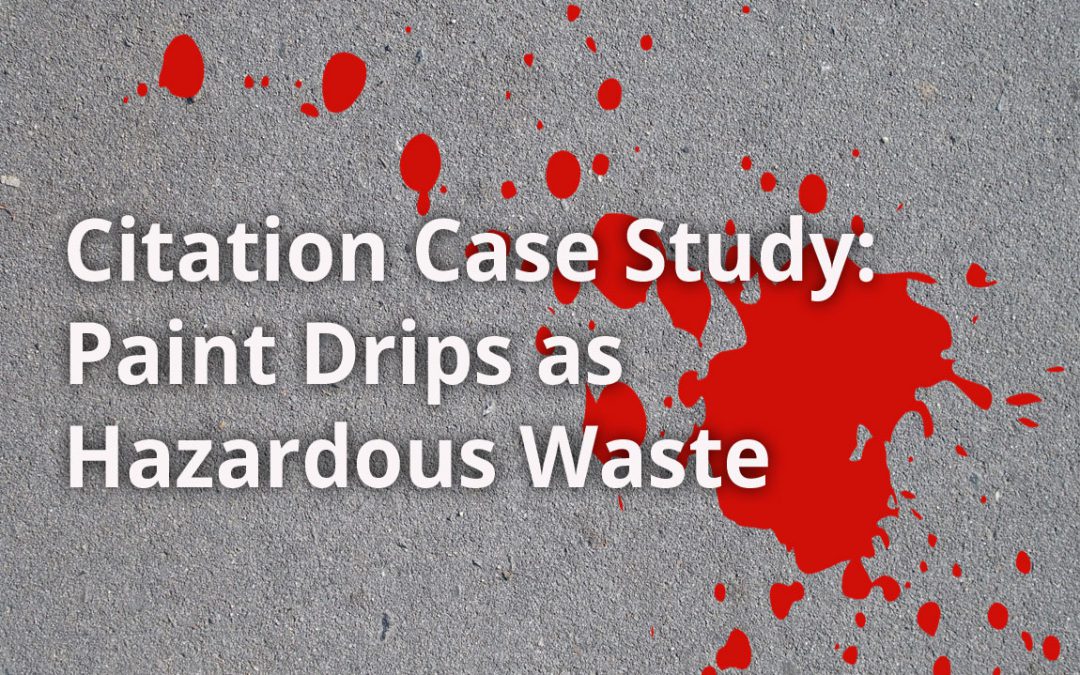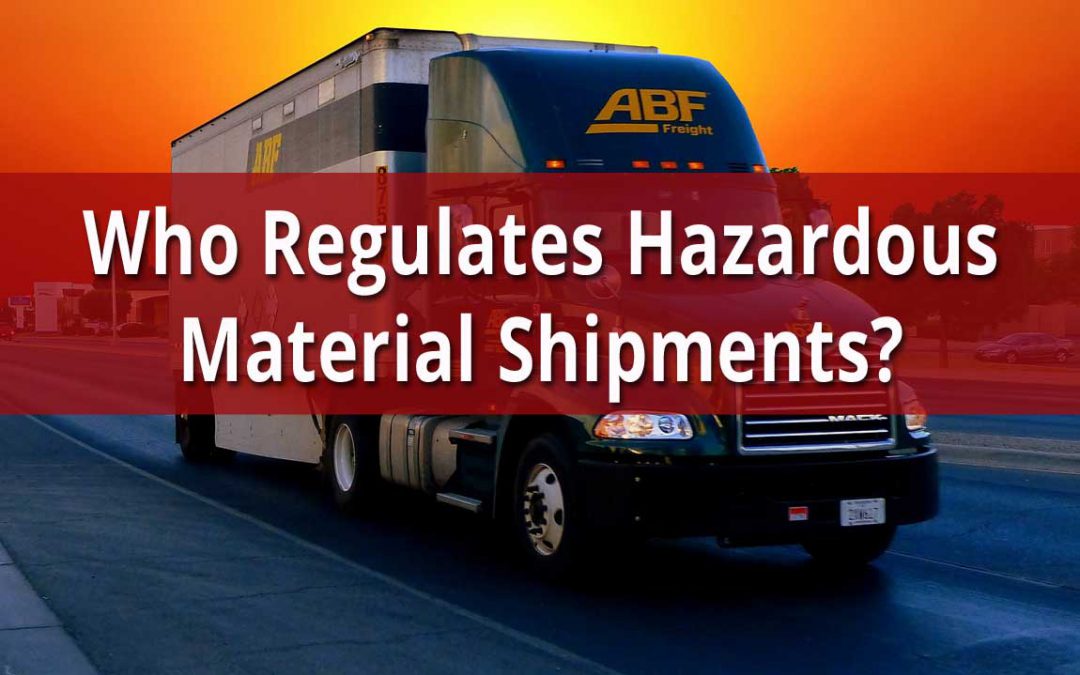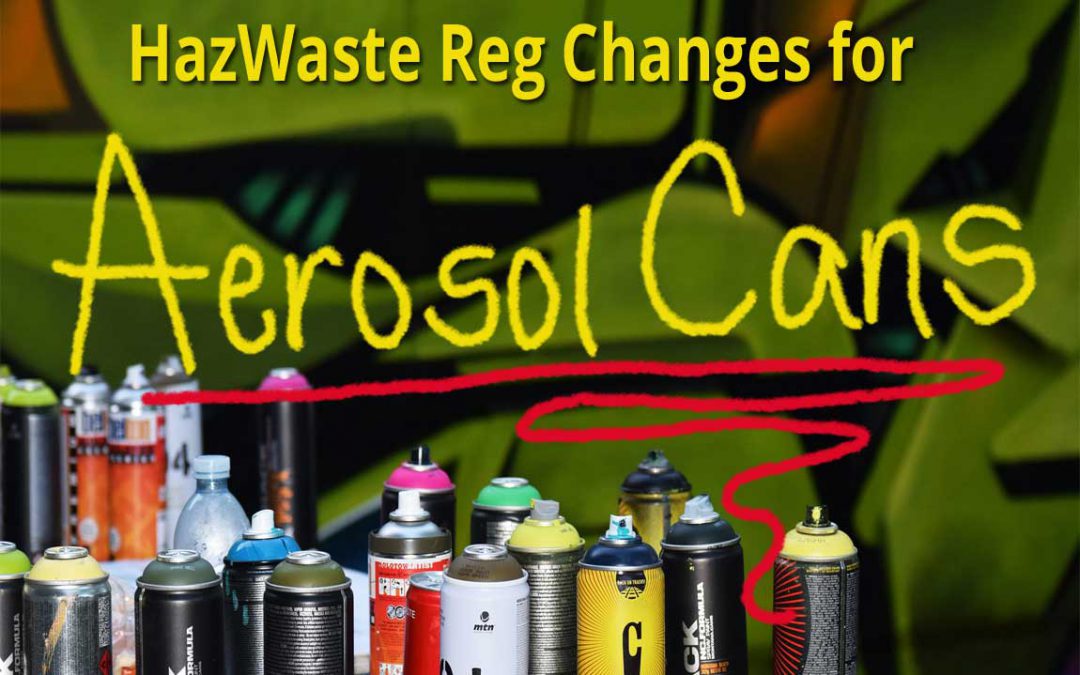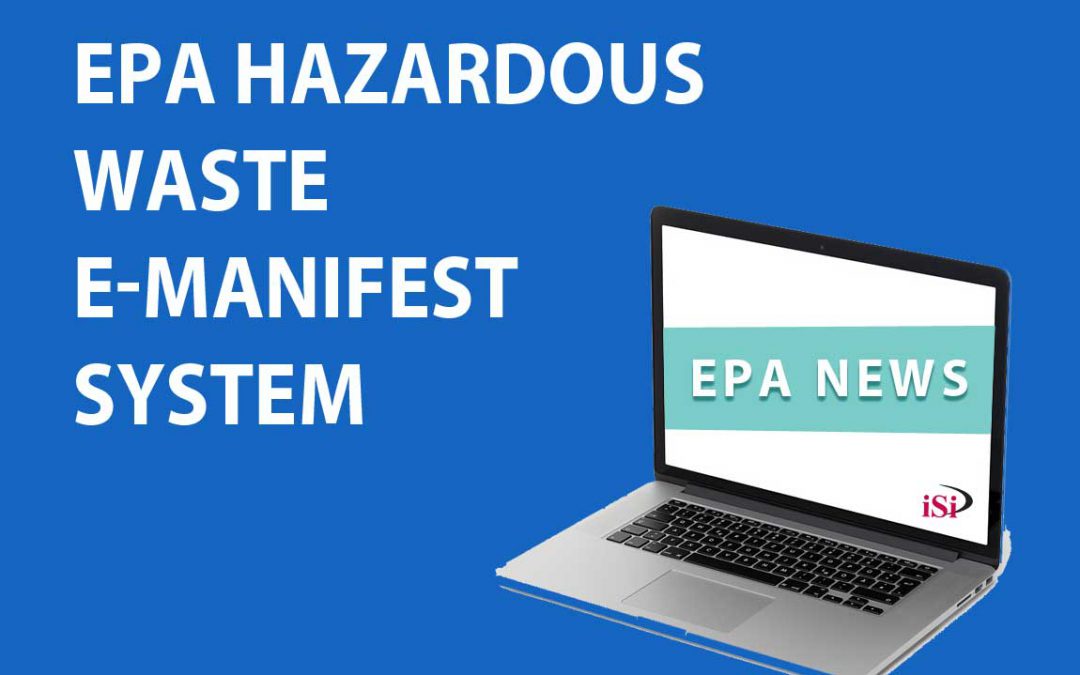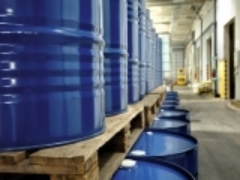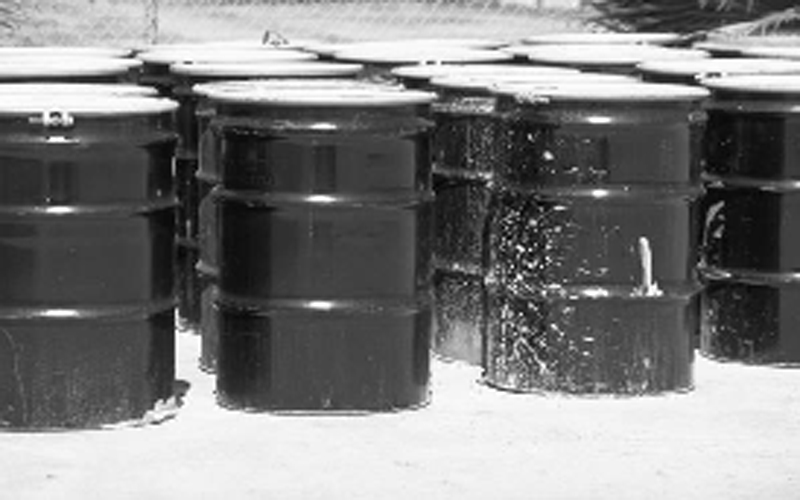Hazardous waste management is essential for your operations. Our responsive hazardous waste management services provide safe, compliant, and sustainable solutions for the collection, disposal, treatment, recycling, and transportation of hazardous waste materials. With three decades of experience in the industry and a national network of facilities and transportation infrastructure, our team is equipped to meet all your hazardous waste management needs.

Choose iSi Environmental for Hassle-Free Hazardous Waste Disposal!
You and your company want to be environmentally responsible, but you struggle to find reliable companies for your hazardous waste disposal. With global supply chain and transportation disruptions, all businesses are looking for responsive and reliable services, at a fair price. Today, more than ever, getting a competitive price from a waste disposal company requires sacrificing predictable transportation. It doesn’t have to be this way, and, frankly, your facility management expects more from their waste disposal company. Businesses cannot afford to have containers sitting on the loading dock, disrupting production, and causing service delays to your end customers.
iSi Environmental is a leading provider of hazardous waste industry services. Our team has over three decades of experience working with facility hazardous waste, and we are committed to providing safe, compliant, and sustainable solutions for your needs. Whether you need to dispose of electronic waste or industrial products, we have the hazardous waste experts and resources to help you achieve your goals. With our professional services, you can rest assured that your hazardous waste transportation will be handled in a responsible and compliant manner. Contact us today to learn more about our services and how we can help you!

The iSi Environmental Advantage:
– Trusted leader in hazardous waste services with over 30 years of experience
– Offers many benefits, including peace of mind knowing that your waste disposal will be managed responsibly and in compliance with all regulatory requirements
– Team of hazardous waste experts committed to finding safe, compliant, and sustainable options for the widest range of waste streams
– Nationwide network of facilities and transportation infrastructure
– Flexibility to meet all your hazardous and non hazardous waste disposal needs
– Focus on process safety, compliance, and sustainability
– Extensive experience and expertise in hazardous waste management services
– Dedicated to helping our customers achieve their hazardous waste disposal goals
– Commitment to excellence ensures that all our services meet the highest standards
– Effective and reliable hazardous waste removal solutions that are safe, compliant, and sustainable.

What is hazardous waste and why do I need to manage it?
Hazardous waste is any waste that poses a potential threat to human health or nature. It can be any type of waste, from industrial and commercial waste to household products. Managing hazardous waste presents unique challenges and is essential for protecting people and our earth from the potential hazards posed by these materials.
What are the different types of hazardous waste?
There are many different types of hazardous waste, including industrial waste, medical waste, electronic waste, universal waste products, radioactive waste, waste sludge, non hazardous waste, and household hazardous waste. Each type of waste has its own unique set of hazards that need to be managed appropriately.
How can I safely dispose of my hazardous waste?
Disposing of hazardous waste can be difficult and confusing. There are many different methods for disposing of hazardous waste, and each disposal method has its own set of risks and benefits. Hazardous waste disposal can be accomplished through a variety of methods, including treatment, landfills, recycling, and incineration. The best removal option for hazardous waste will depend on the type of waste and the specific regulations in your area. Working with professional hazardous waste disposal services can help ensure the removal of waste is handled safely and legally.
What are the benefits of using a professional hazardous waste management service?
Professional hazardous waste disposal services offer a number of benefits, including expert knowledge and guidance, cost-effective solutions, reliable transportation and storage options, and compliance with all local regulations. Whether you need removal of liquid or solid hazardous waste, non hazardous waste, or household products, working with a reputable hazardous waste experts can help ensure that your waste is handled safely and responsibly.
The Hazards of Hazardous Waste
Hazardous wastes pose many risks to human health and the planet, including contamination of soil and water, damage to ecosystems, and exposure to toxic chemicals that can cause serious health problems. Disposing of hazardous waste safely is essential for protecting people and the environment from these hazards.
Why You Can’t Afford to Ignore Hazardous Waste Management
Hazardous waste administration is a critical part of any business or organization, yet many people choose to ignore this important issue. Whether you are dealing with industrial waste, non hazardous waste, or household products, failing to manage your waste disposal responsibly can lead to serious consequences, including hefty fines, damage to your reputation, and even jail time. Ignoring hazardous waste is simply not an option if you want to protect your business or organization.
How iSi Environmental Can Help You with Your Hazardous Waste Disposal Needs
iSi Environmental is a leading provider of hazardous waste disposal services. We offer a wide range of management solutions for the collection, transportation, and disposal of hazardous waste materials. With more than three decades of experience in the industry, our team is equipped to handle any hazardous waste disposal challenge. iSi’s hazardous waste disposal experts can create a safe, cost-effective, and legal treatment approach for the disposal of your hazardous materials and byproducts regardless on their size or content. We offer responsive customer service, competitive pricing, and a commitment to compliance with all local, state, and federal regulatory guidelines. Contact us today to learn more about our hazardous waste disposal services process and how we can help you keep your organization safe and compliant. Responsive and attentive service is only one call away.

Disposal Services:
- Radioactive Waste
- Industrial Waste
- Lab Packs
- Sludge
- Chemical Waste
- Medical Waste
- Toxic Waste
- Paint Waste
- Non Hazardous Waste Disposal
- Hazardous Waste Removal
- Containers and Supplies
- Facility Management
Disposal Facility Options:
- Recycling
- Landfill
- Underground Storage
- Incineration
- Fuel Blending Facilities
Questions to ask your hazardous waste disposal companies:
Will the onboarding and implementation process be time consuming?
iSi Environmental’s waste disposal services offers a seamless onboarding experience. Responsive client service has allowed our firm to experience continuous growth over the last three decades.
Do your disposal facilities handle radioactive waste?
With a wide variety of disposal solutions, iSi will work to find appropriate disposal options for your radioactive waste.
Do you offer on-site logistics management services?
Our Facility Support Services can help you to streamline facility operations and allow your team to better focus on supplying products to the end customers. With experience in transportation, logistics, warehousing, and onsite waste and recycling activities, we have unique experience to benefit your operations.
Do you offer a wide array of disposal facilities and treatment technologies for my waste? (landfill, incineration, recycling, or reuse facility disposal options)
We offer a wide range of disposal facilities and treatment options, including landfill, incineration, recycling, or reuse facility disposal options.
Are you familiar with my industry specific, local, state, and federal regulations?
iSi has performed waste consulting in 30+ states across the United States. Having worked in production facilities prior to consulting, our staff has wide ranging industry knowledge. As a backup, we use a software that highlights industry specific regulatory requirements by state and municipality.
Can you provide examples of similar disposal projects?
On request, we can provide examples of similar disposal or recycling projects.
What types of containers can you provide to us?
We offer a wide variety of containers, including drums, totes, bags, and boxes. We also have a wide range of capacities available, from small to large. Please feel free to contact us at 888-264-7050 and we would be more than happy to help you select the right container for your needs.
Can you provide a origin/destination workflow for my paint waste, toxic waste, sludge, chemical waste, or medical waste?
Yes, we can provide an origin/destination workflow for your paint waste, toxic waste, sludge, chemical waste, or medical waste. Please feel free to contact us at 888-264-7050 and we can discuss your specific workflow needs.
Do you offer hazardous waste removal or remediation services?
Outside of disposal services, we have a separate division within iSi that can assist with the removal of hazardous waste and perform remediation service at your facility
How quickly can you deliver lab packs to my facility?
Depending on facility location, iSi can usually deliver lab packs as soon as 24 hours. Please feel free to contact us and we would be more than happy to confirm availability and delivery time for your specific needs.
Do you offer containment materials and PPE for purchase?
Our convenient software platform provides all the containment materials and PPE a facility could need. We participate in a consortium of buyers that allows our clients to receive a competitive price on all available items.
Would you be able to share business references from companies similar to mine?
We would be happy to share business references from companies similar to yours. Reach out to us at 888-264-7050 and we will provide you with any information you need.
Do you offer bulk on-site liquid storage containers?
Yes, we offer a variety of bulk on-site liquid storage containers. Our service partners carry a variety of container types and sizes. We would be happy to discuss options with you.
Can you assist in a zero waste to landfill program?
iSi is available to assist your management team in pursuit of sustainability and your ‘zero waste to landfill’ strategy. Our years of experience inside industrial settings can aide in the removal of defaulting to landfill for your hazardous waste disposal needs and shift the focus to recycling and reuse.
Where can I dispose of paint in Wichita KS?
Chemical waste is not acceptable. Instead bring it to the local household waste disposal facility, located at 801 Stillwell, Wichita, KS 67213. The cost is zero.
Are there Kansas hazardous waste disposal options?
Services are available statewide and across the region. Specific cities served in this region include:
- Wichita, Kansas
- El Dorado, Kansas
- Kansas City Metro Area
- Omaha, Nebraska
- Oklahoma City, Oklahoma
- Tulsa, Oklahoma
What is considered hazmat waste?
Hazardous waste are materials that may be harmful to human health and environmental conditions. Hazardous waste can be solid, liquid. They are a collection of discarded materials, such as cleaning fluids or chemicals, as well as byproducts from manufacturing processes.
What is a Subtitle C landfill?
Subtitle C landfills include Hazardous Waste Landfills. These are specialty sites that accepts hazardous waste for disposal. This waste disposal system has no use as a waste dump.
How do I dispose of old CNC coolant?
If a fluid waste is not considered nonhazardous, the material may be disposed at the treatment plant or if the sewer is allowed into the water supply, discharged into the municipal sewer system for non hazardous waste disposal.
How do you get rid of chemical waste?
Chemical waste is regulated under the Resources Conservation and Recovery Act of the United States (RCRA). The materials are not acceptable for disposal at sewage treatment stations or in the normal garbage collection. Almost all chemical waste is disposed of as EHS hazardous waste.
How do companies get rid of chemicals?
Since industrial biproducts may cause harm to humans and the planet, environmental protection agencies are imposing restrictions on industrial chemicals. The most common disposal procedures are burning waste incinerated land or infiltration of underground water.
How do you get rid of a biohazard?
All biohazard liquids are preferably autoclavable before disposal.
How do companies get rid of toxic waste?
The Environmental Protection Agency has restricted the disposal of industrial chemicals. Incineration is a common treatment process and land and underground injection holes are also available to remove waste.
What certifications do your drivers have?
Our drivers are certified in hazmat transportation. Please feel free to contact us at 888-264-7050 and we would be more than happy to help you with your specific needs.
